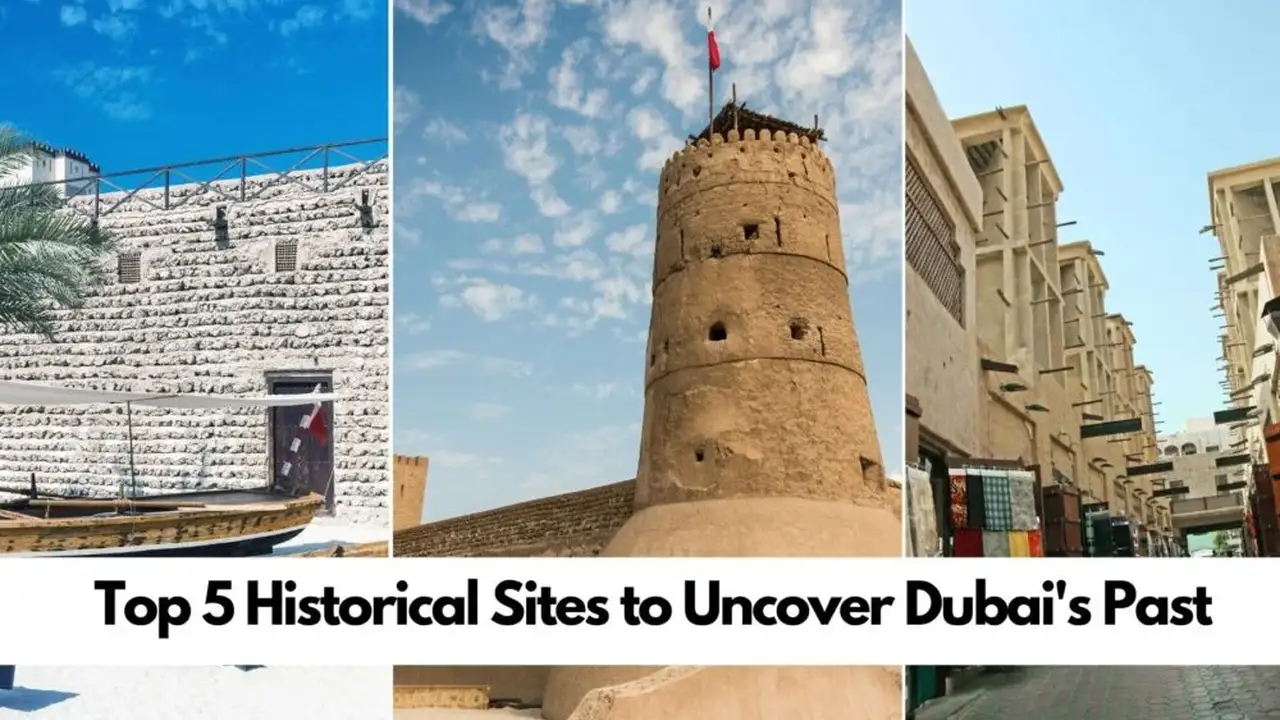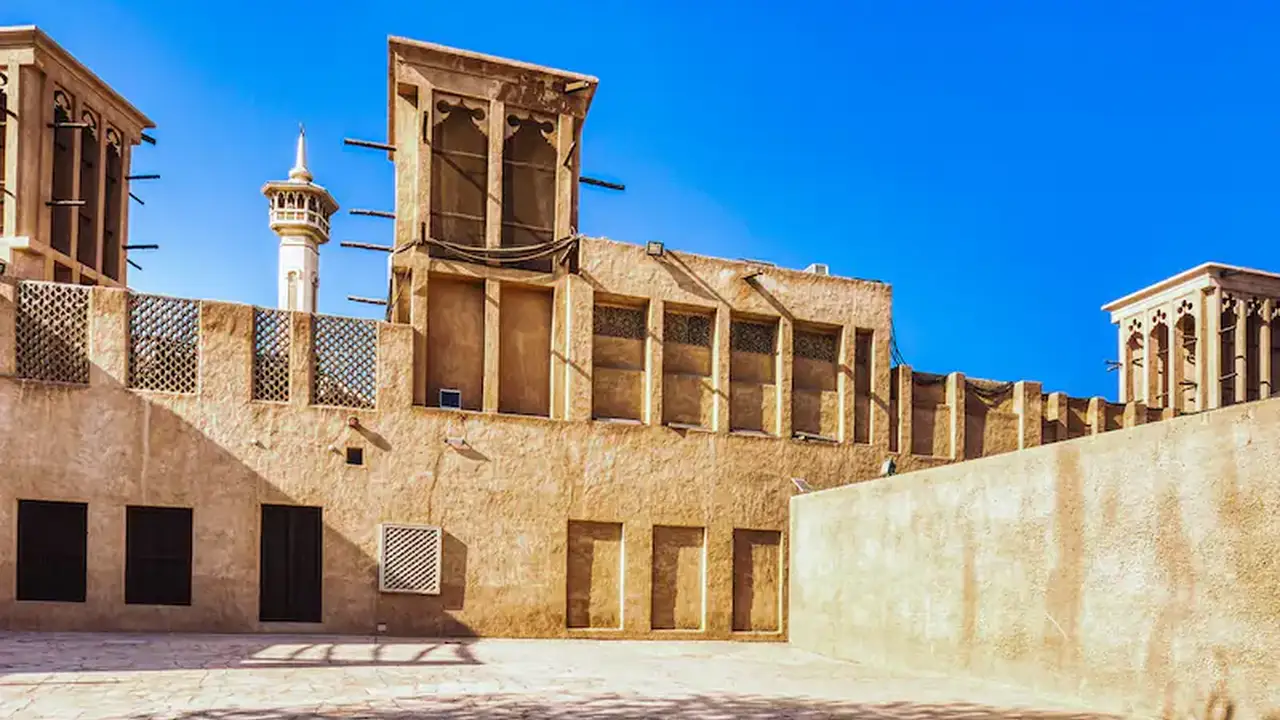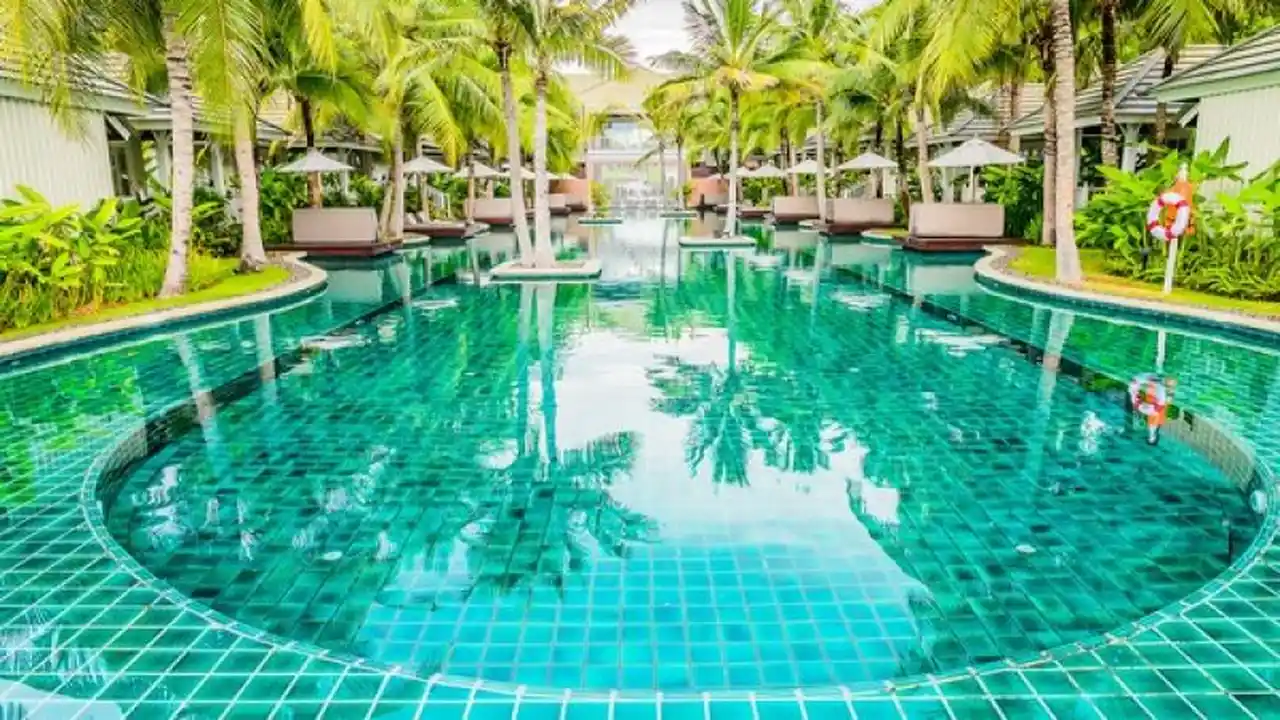Top 4 Historical Sites in Dubai You Must Visit
Journey through Dubai's rich past by visiting its most significant historical sites, offering a glimpse into the city's heritage and evolution.

Exploring Dubai's Rich Heritage Unveiling the Top Historical Sites
Dubai, often celebrated for its futuristic skyscrapers and luxurious lifestyle, holds a fascinating past that is just as captivating. Beyond the glittering facade, the city boasts a rich history rooted in Bedouin traditions, pearl diving, and trade. For those eager to delve deeper than the modern marvels, exploring Dubai's historical sites offers a profound understanding of its journey from a humble fishing village to a global metropolis. This guide will take you through the top historical sites you absolutely must visit, providing insights into their significance, what to expect, and even some practical tips for your exploration.
Al Fahidi Historical Neighborhood A Glimpse into Old Dubai's Charm
Stepping into the Al Fahidi Historical Neighborhood, also known as Al Bastakiya, is like traveling back in time. This beautifully preserved district, with its narrow lanes and traditional wind-tower architecture, offers a stark contrast to the city's contemporary landscape. It's one of the oldest residential areas in Dubai, dating back to the early 20th century, and was originally home to wealthy Persian merchants.
What to See and Do in Al Fahidi Historical Neighborhood
- Dubai Museum (Al Fahidi Fort): Housed within the Al Fahidi Fort, the oldest existing building in Dubai (built in 1787), the Dubai Museum is an absolute must-visit. It provides a comprehensive overview of Dubai's history, from its origins as a fishing and pearl-diving village to its rapid development. The museum features dioramas depicting traditional Emirati life, archaeological finds, and exhibits on pearl diving and Bedouin culture.
- Art Galleries and Cafes: The neighborhood is dotted with charming art galleries showcasing local and international artists, as well as quaint cafes where you can relax and soak in the atmosphere. The XVA Art Hotel and Gallery is a popular spot, offering a unique blend of art, hospitality, and a serene courtyard.
- Textile Souk: Just a short walk from Al Fahidi, the Textile Souk offers a vibrant array of fabrics, traditional clothing, and souvenirs. It's a great place to practice your bargaining skills and pick up some unique gifts.
- Coffee Museum: For coffee enthusiasts, the Coffee Museum offers a fascinating journey through the history of coffee, its preparation methods, and cultural significance in the region. You can even sample different coffee varieties.
Practical Tips for Visiting Al Fahidi
Wear comfortable shoes as you'll be doing a lot of walking. The best time to visit is during the cooler months (October to April) to avoid the intense heat. Many of the galleries and cafes have specific opening hours, so it's a good idea to check in advance. Entry to the Dubai Museum is typically around 3 AED for adults and 1 AED for children, making it a very affordable and enriching experience.
Dubai Creek The Lifeline of Old Dubai's Trade and Transport
The Dubai Creek is the natural saltwater inlet that divides the city into two main sections: Deira and Bur Dubai. For centuries, it has been the heart of Dubai's economic activity, serving as a bustling port for trade and a vital transportation route. The creek is where Dubai's story truly began, with pearl divers and fishermen establishing the first settlements along its banks.
Experiencing the Dubai Creek's Historical Significance
- Abra Ride: The most authentic and enjoyable way to experience the Dubai Creek is by taking an 'abra,' a traditional wooden boat. These small boats serve as water taxis, ferrying passengers between Deira and Bur Dubai for a mere 1 AED. It's an incredibly scenic and affordable way to see the old trading posts and bustling souks from a different perspective.
- Gold Souk and Spice Souk: On the Deira side of the creek, you'll find the famous Gold Souk, a dazzling market filled with shops selling gold, silver, and precious stones. Adjacent to it is the Spice Souk, an aromatic wonderland offering a vast array of spices, herbs, nuts, and traditional remedies. These souks are not just shopping destinations; they are living historical sites that have been central to Dubai's trade for centuries.
- Heritage Village and Diving Village: Located on the Bur Dubai side, near the mouth of the creek, these villages offer insights into Dubai's traditional crafts, pearl diving history, and Bedouin lifestyle. You can watch artisans at work, learn about traditional fishing techniques, and explore recreated historical homes.
Practical Tips for Exploring Dubai Creek
Be prepared for crowds, especially in the souks. Bargaining is expected in the souks, so don't be shy! The abra rides run frequently throughout the day, making it easy to hop on and off. Consider visiting in the late afternoon to enjoy the sunset over the creek and the cooler temperatures.
Jumeirah Mosque A Beacon of Islamic Architecture and Culture
The Jumeirah Mosque is one of Dubai's most iconic landmarks and a stunning example of modern Islamic architecture. Unlike many other mosques in Dubai, the Jumeirah Mosque is open to non-Muslim visitors, making it a crucial site for cultural understanding and appreciation. Built in the medieval Fatimid tradition, its intricate details and grand scale are truly impressive.
Understanding Jumeirah Mosque's Cultural Importance
- Guided Tours: The Sheikh Mohammed Centre for Cultural Understanding (SMCCU) organizes guided tours of the Jumeirah Mosque. These tours are specifically designed to educate non-Muslims about Islam and Emirati culture in an open and respectful environment. They cover aspects of Islamic prayer, traditions, and the architecture of the mosque.
- Photography Opportunities: The mosque is particularly beautiful at dusk when its twin minarets and intricate facade are illuminated. It's a popular spot for photographers.
- Cultural Exchange: The SMCCU's motto is 'Open Doors. Open Minds.' The tours encourage questions and dialogue, fostering a deeper understanding between different cultures.
Practical Tips for Visiting Jumeirah Mosque
Modest dress is required for all visitors. Women will be provided with an abaya (a traditional black cloak) and a headscarf upon arrival if they don't have their own appropriate attire. Tours typically run a few times a week, so check the SMCCU website for schedules and booking information. It's advisable to arrive a bit early to register and get settled.
Saruq Al Hadid Archaeological Site Unearthing Ancient Civilizations
While not as visually striking as the other sites, the Saruq Al Hadid Archaeological Site offers a profound journey into Dubai's ancient past. Discovered by Sheikh Mohammed bin Rashid Al Maktoum in 2002, this Iron Age site (dating back to 1000 BC to 300 BC) has yielded an incredible array of artifacts, providing crucial insights into the region's early inhabitants, their trade networks, and their sophisticated metalworking skills.
Discovering Saruq Al Hadid's Ancient Secrets
- Museum Exhibits: Many of the artifacts unearthed at Saruq Al Hadid are displayed at the Saruq Al Hadid Archaeology Museum, located in the Shindagha Historic District. The museum showcases a remarkable collection of iron tools, bronze weapons, pottery, and gold jewelry, including a stunning gold ring with a serpent motif.
- Understanding Ancient Trade: The findings at Saruq Al Hadid indicate that the site was a significant center for metalworking and trade, connecting ancient civilizations across the Arabian Peninsula and beyond. It challenges the perception of Dubai as a recently developed city, revealing a long and rich history of human settlement and ingenuity.
- Technological Advancements: The site provides evidence of advanced metallurgical techniques used by the ancient inhabitants, demonstrating their ability to smelt and work with various metals.
Practical Tips for Visiting Saruq Al Hadid Museum
The museum is located within the Shindagha Historic District, which is easily accessible. Allow ample time to explore the exhibits and read the informative displays. The museum offers a quiet and contemplative experience, perfect for those interested in archaeology and ancient history. Entry fees are typically around 20 AED for adults. Consider combining your visit with other attractions in the Shindagha area for a full day of historical exploration.
Beyond the Main Sites Deeper Dives into Dubai's Past
While the four sites above are essential, Dubai offers even more opportunities to explore its heritage. For those with more time or a specific interest, consider these additional historical gems:
Hatta Heritage Village A Mountain Oasis of Tradition
Located in the Hajar Mountains, about 130 km southeast of Dubai city, Hatta Heritage Village is a meticulously restored traditional mountain village. It offers a glimpse into rural Emirati life from centuries ago, with traditional houses, a mosque, and a fort. You can explore the village on foot, visit the museum, and learn about traditional farming and irrigation systems (falaj). It's a great escape from the city and offers a different perspective on Dubai's historical landscape. Entry is usually free, but transportation to Hatta will be your main cost. Consider renting a car or joining a tour. The drive itself is scenic, offering stunning mountain views.
Shindagha Historic District The Cradle of Dubai's Rulers
The Shindagha Historic District, located along the Dubai Creek, was once the residence of Dubai's ruling Maktoum family. This expansive district has undergone significant restoration and now houses several museums and cultural attractions, including the Saruq Al Hadid Archaeology Museum, the Perfume House, and the House of Sheikh Saeed Al Maktoum. The House of Sheikh Saeed Al Maktoum, the former residence of the grandfather of the current ruler of Dubai, offers insights into the life of the ruling family and showcases historical photographs and documents. The Perfume House explores the history and cultural significance of perfumes in the UAE. A combined ticket for the various museums in Shindagha is often available, offering good value. Expect to spend at least half a day here to fully appreciate all the exhibits.
Al Ahmadiya School Dubai's First Public School
Located in Deira, Al Ahmadiya School holds significant historical importance as Dubai's first public school, established in 1912. It played a crucial role in the city's educational development. Today, it functions as a museum, showcasing the traditional classroom setup, old textbooks, and educational tools. It offers a fascinating insight into the early days of formal education in Dubai. Entry is typically free. It's a relatively quick visit, but provides a unique historical context, especially if you're interested in social history.
Planning Your Historical Journey in Dubai
To make the most of your historical exploration, consider these practical tips:
- Best Time to Visit: The cooler months from October to April are ideal for outdoor exploration.
- Transportation: The Dubai Metro is an efficient way to reach many historical sites. For places like Hatta, a rental car or guided tour is recommended. Abras are essential for crossing the creek.
- Dress Code: When visiting religious sites like Jumeirah Mosque, modest dress is required. For other historical areas, comfortable clothing and shoes are advisable.
- Hydration: Always carry water, especially during warmer months.
- Guided Tours vs. Self-Exploration: While self-exploration is rewarding, guided tours (especially for Jumeirah Mosque and some parts of Al Fahidi) can provide deeper insights and context.
Dubai's historical sites offer a compelling narrative of resilience, tradition, and transformation. By taking the time to explore these hidden gems, you'll gain a profound appreciation for the city's roots and the incredible journey it has undertaken. So, step away from the dazzling modernity for a while and immerse yourself in the captivating stories of old Dubai. You won't regret it!
:max_bytes(150000):strip_icc()/277019-baked-pork-chops-with-cream-of-mushroom-soup-DDMFS-beauty-4x3-BG-7505-5762b731cf30447d9cbbbbbf387beafa.jpg)






